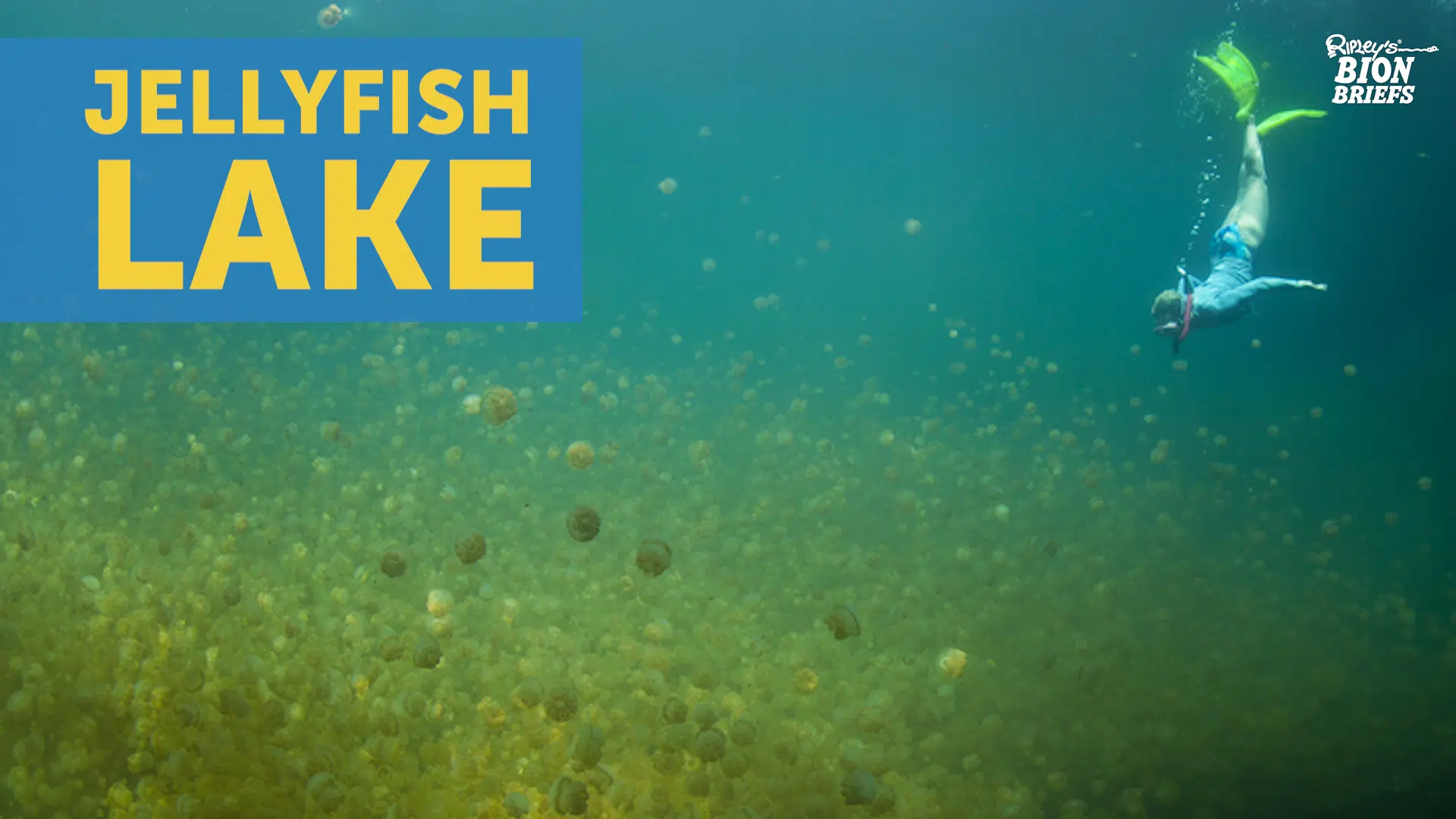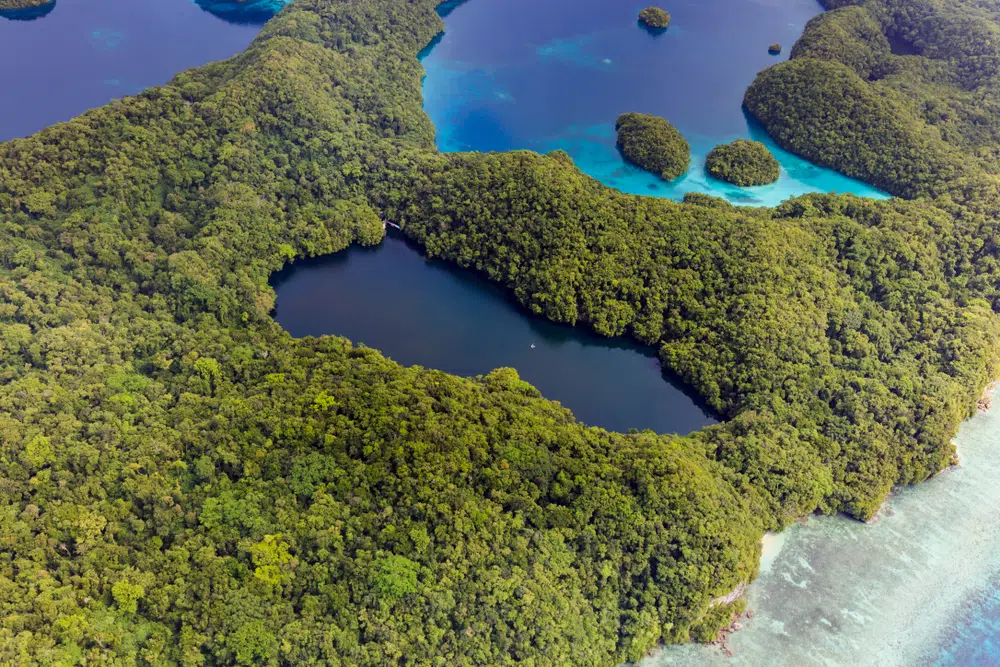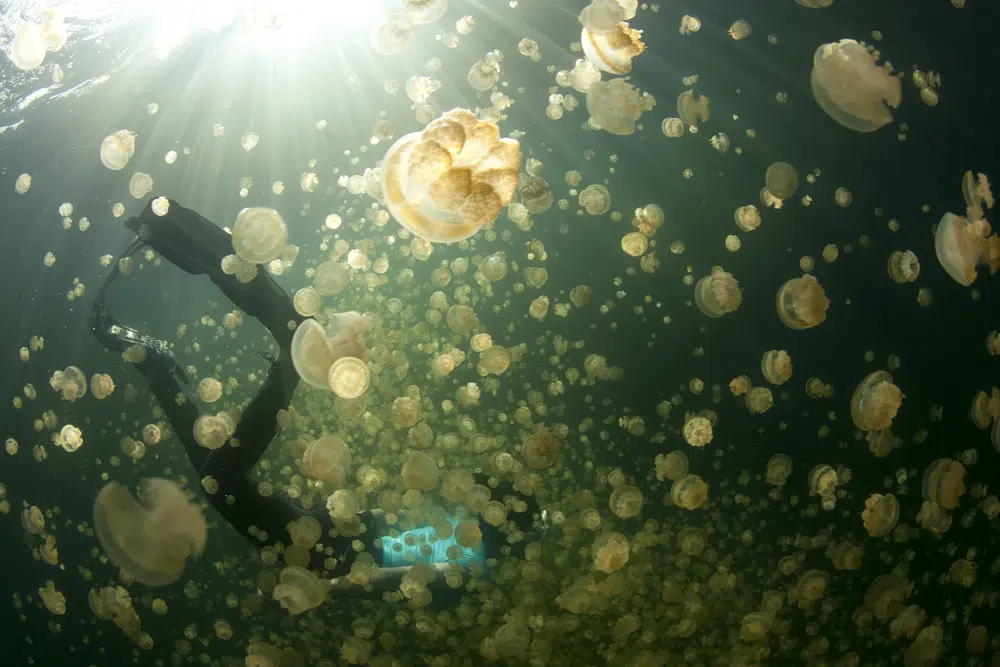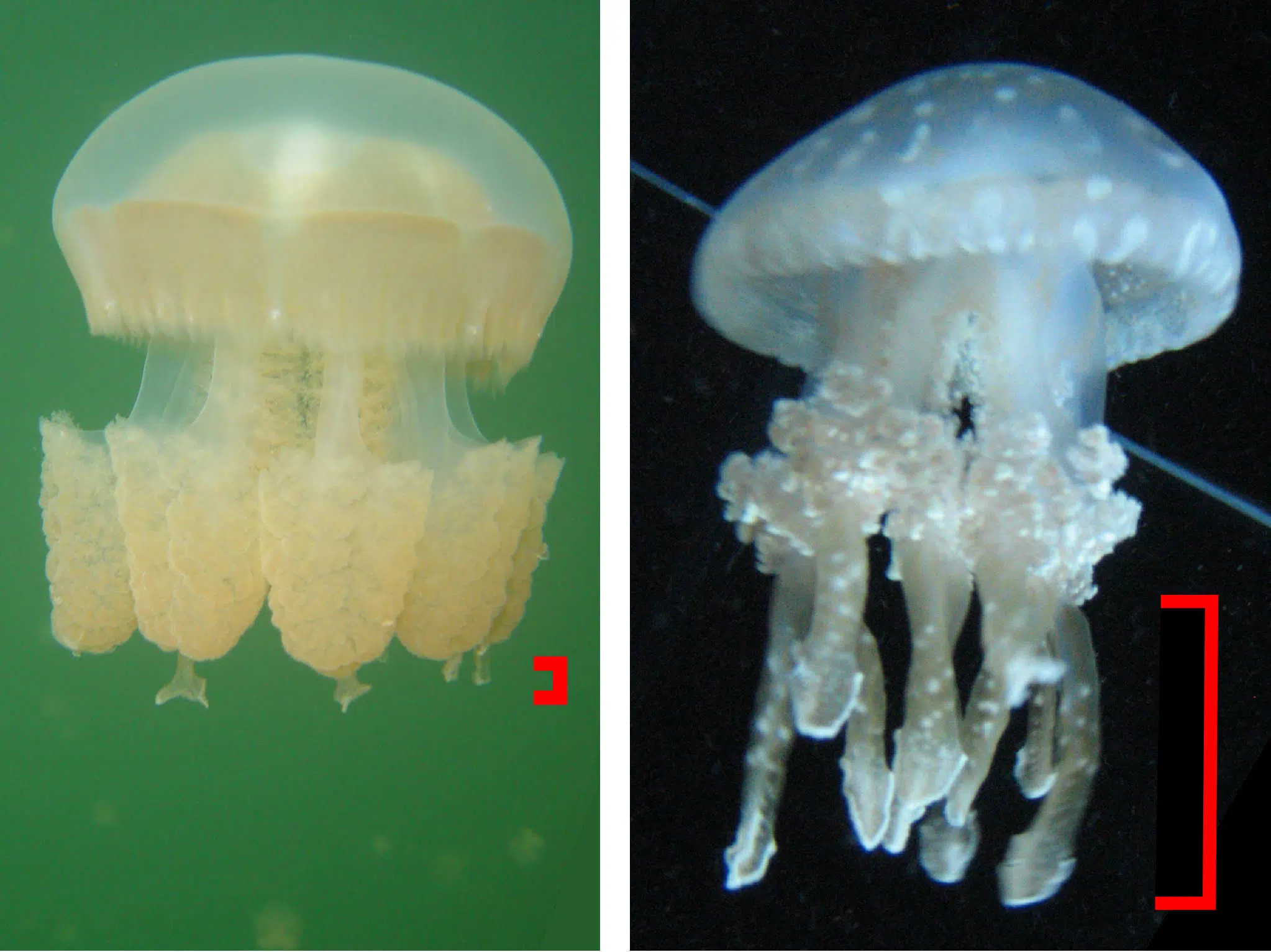
The Mysterious And Beautiful Lake Filled With Millions Of Jellyfish
Featured in Ripley's Believe It or Not!

Jellyfish Lake
In the sparsely populated country of Palau sits a small island named Eil Mul. Barely peaking above the high tide of the ocean, this island holds a secret.






